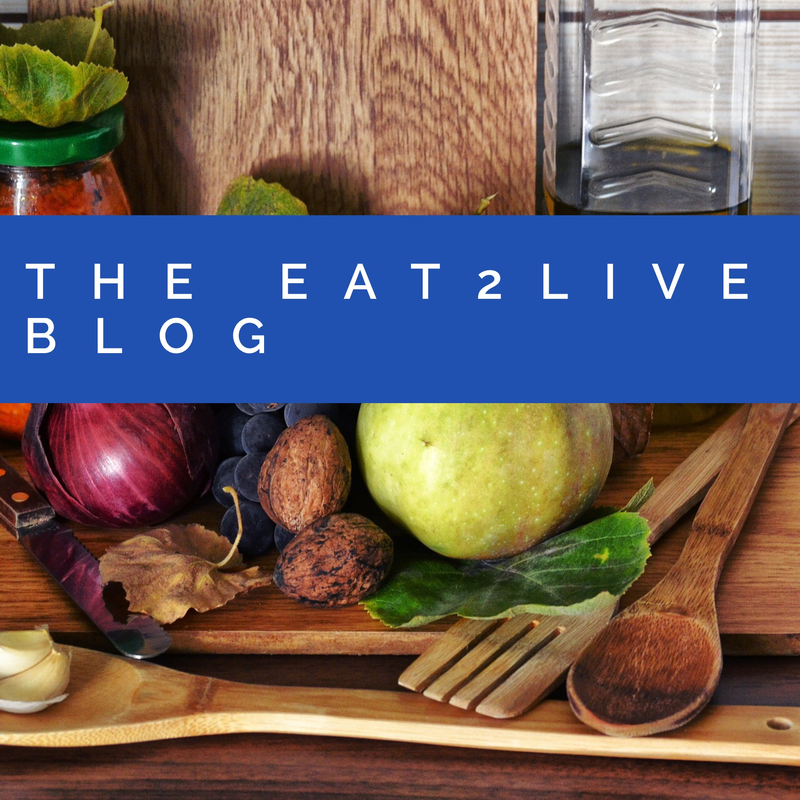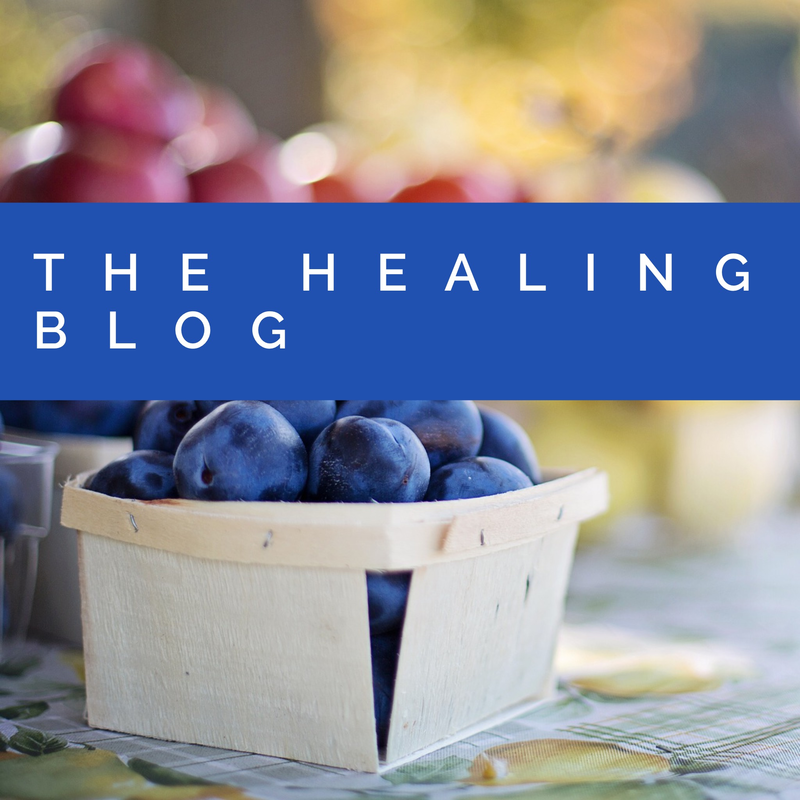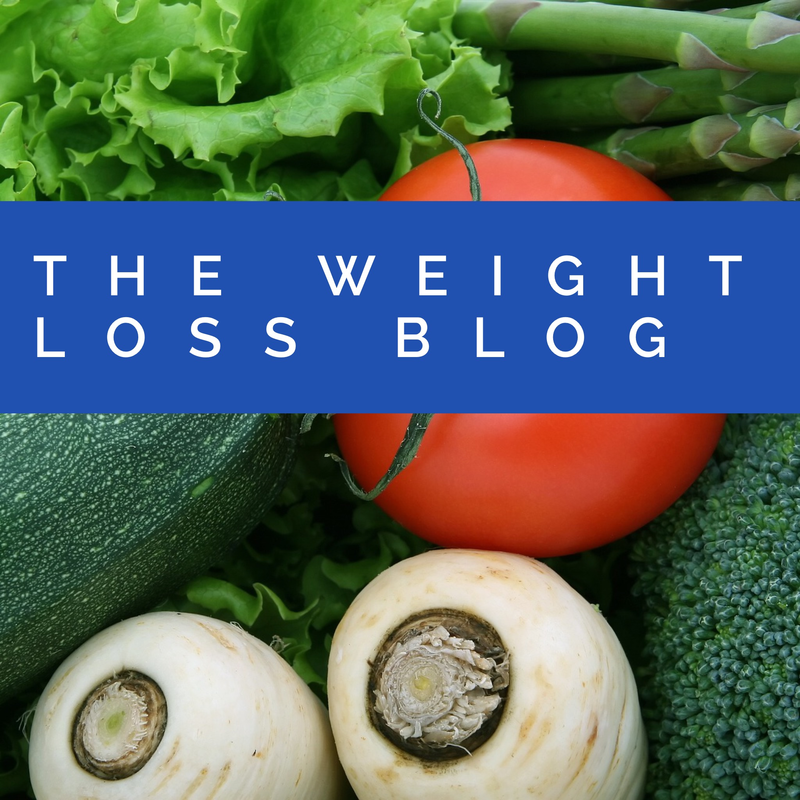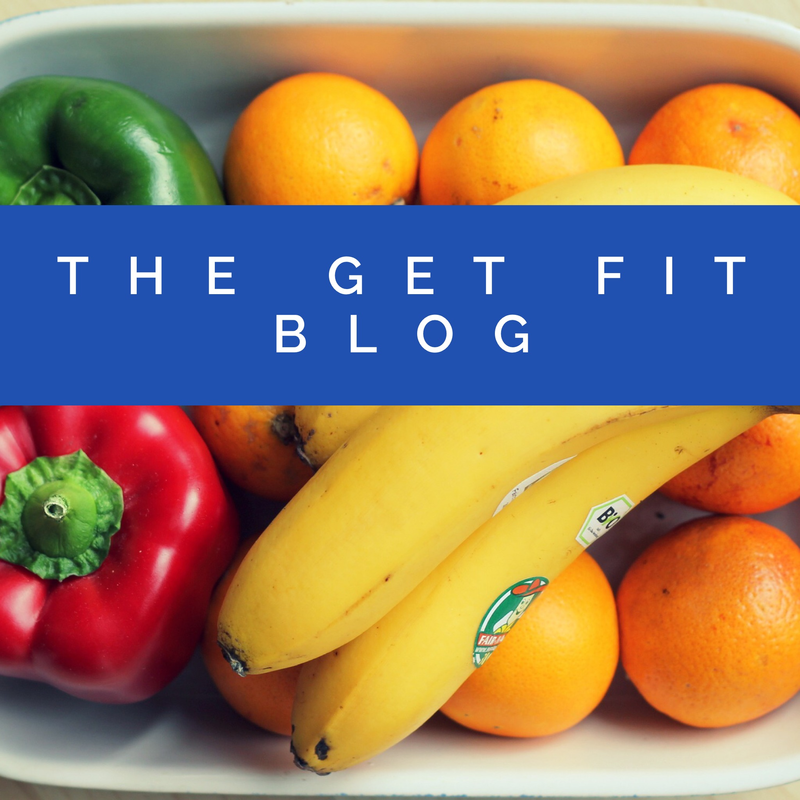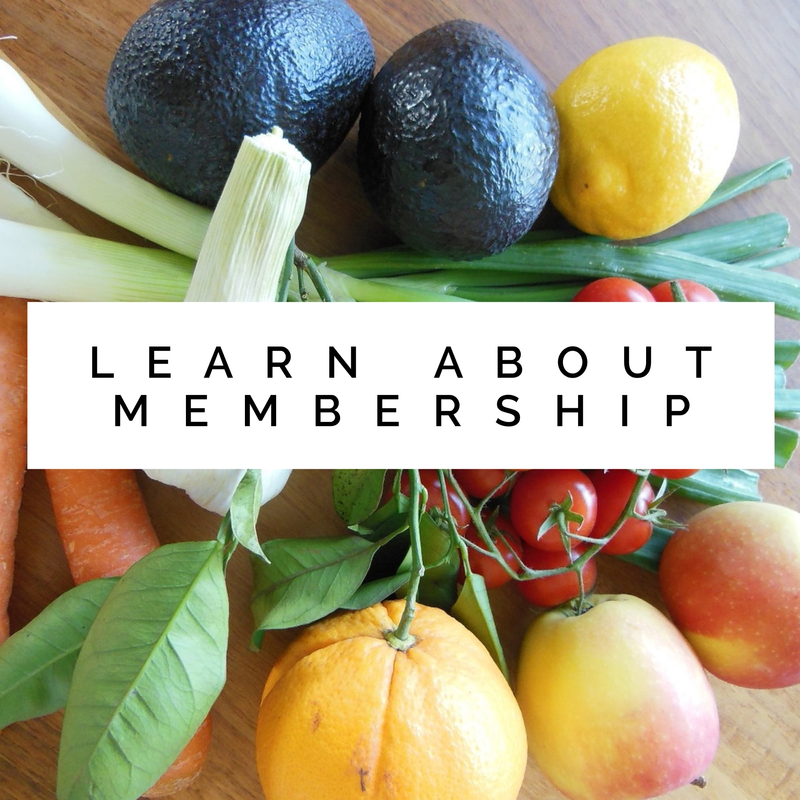|
Mel Gibson’s got the right idea, and according to straight statistics, so do a lot of other men. This week alone, 75% of the chocolate purchased will be purchased by men, for women. If you’re a woman reading this statistic, then I’m sure you completely disagree, but, numbers don’t lie. Apparently either a lot of men did something very wrong, or are doing something very right! If you’re a man reading this, you’ll be happy to know that chocolate significantly reduces theta activity in the brain, helping us to “calm down”; so you have every valid excuse to buy it for your partner! And while many women will tell you they like to stuff themselves on chocolate at 9:30 at night watching tv… the truth is that only about 20% of chocolate is even being eaten after 8pm- another shocker, I know. Most chocolate consumption ends up being in between meals for most of us, not at night in bed- that’s just when we feel guilty about it. 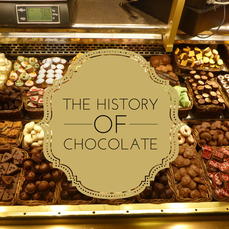 But before chocolate was given as a gift, before Halloween, before chocolate Easter bunnies… cacao beans were used as currency by the Mayans. (250-900A.D.) Just think, instead of saying sorry with Hershey’s kisses, you could spend 10 cacao beans on a prostitute, or (if you’re a depressed eater) a rabbit. As a matter of fact, the beans were used as currency in some areas of Latin America until the 19th century! Certainty chocolate’s taste was exquisite, but, the cacao bean’s value was greater un-eaten, unless you were the richest Aztec on the block. Once chocolate made it’s way to Spain, Spaniards used it as a treatment for fever, blood pressure (which is effective btw), and alleviating pain in their patients. I’m just spitballing here, but I’m guessing there was an increase in doctor’s visits in Spain… or at least a stronger need for chocolate because soon after it was considered a medication, chocolate went viral. Well, as viral as things could get by ship, hawk, or horse. 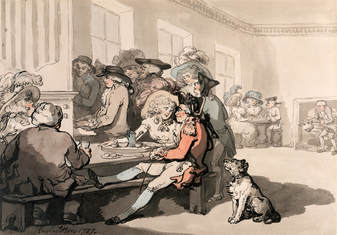 By 1657 the first Chocolate House opened. Chocolate could of course only be consumed in a liquid format at the time, much like coffee today. Folks would come in, order their hot chocolate, sit a spell, play chess, read the paper, and then be on their way. Just like Starbucks today, minus the wifi…but I have a feeling the pricing scale was about the same. (image courtesy of Historyextra.com) In the early 1800s a Dutchman named Coenraad Von Houten invented the cocoa press, which separated the cocoa from the butter. If you’ve ever eaten Dutch Chocolate, you have Hehr Houten to thank. Not to be out done, in the 1840s, the Lindt brothers from Switzerland, found a way to solidify chocolate powder into a bar…that could be packaged and sold. Whether they knew it or not, the Lindt brothers changed the world by inventing the first chocolate bar. Until then, you could only get your chocolate as a hot cup of cocoa. This was a game changer. If sugar was a big hit, chocolate quite literally, topped the cake. images courtesy of icollector.com and lindtusa.com) By the end of the century, factories were up and running, with machines that could wrap candy bars at lightening speed; and so started the love of chocolate- not for dead rabbits, or a fever, but as a luxury. Chocolate was such a hit, that the majority of the candy bars you know today, were released in the late 1800s to early 1900s during the chocolate boom. If there’s a demand, they’ll make a market. Wait, or is that the other way around?
(images courtesy of Pinterest and mars.inc) Cocoa may have started in Mexico, but the chocolate bar belongs to Europe. 50% of the world’s chocolate sales are from Europe, only 20% come from the U.S. And while you thought Americans were the “fattest on earth”, the average Brit eats about 24lbs of chocolate a year; the average American only eats about 11lbs a year. All together, Americans eat about 25lbs of candy each year, with less than half going towards chocolate. To give you some clarity, Americans eat about 12lbs of lettuce every year, and 9lbs of carrots a year. So for most of us, we’re eating more candy than we are salad annually and yet we have no idea why over 100 million Americans are diabetic or pre diabetic. Chocolate, like sugar is a billion dollar industry. Mars Inc. earns over 17 billion a year, every year, and Hershey’s Chocolate is in the second top spot. On Halloween alone, more than 90 million pounds of chocolate are bought each year.
A good day for a child slave consists of not being beaten, a bad day could mean death; with the majority of these children never even tasting the chocolate they help create. The three largest makers of chocolate have spent less than 00.73% of their earnings on helping to combat these horrific conditions, and don’t seem in a rush to start now. It’s a 35 billion dollar industry that destroys our rainforests, enables slave like conditions, and makes us all sick. But we’re still buying aren’t we? Where there is a market, there is a demand; or is that the other way around? What You Can DoBuying Fair Trade organic chocolate and single-origin chocolates helps put your money where your mouth is, and if enough of us do so, we can put a dent in the slave market and the corporate wallets of the companies who allow this to continue by giving them their business. But buying “clean” chocolate does more than just save the rainforest. Chocolate is good for you! Those Spaniards were on to something when they used chocolate medicinally. Real chocolate is full of antioxidants and flavonoids like procyanidins, which help prevent cancer and are good for your heart. Chocolate also contains Theobromine, which also helps prevent cancer and also lowers blood pressure. Even now, scientists are studying Theobobromine and it’s effects on the body. But the bad news is even though all these facts are true, there are two reasons you’re unlikely to ever see the benefits. Most chocolate is highly processed and thus loses any nutritional value. Secondly, once you mix milk with chocolate, even dark chocolate, it loses it’s potency; and what goes best with chocolate? I rest my case. But you can make better choices in your chocolate selection when you shop. In the U.S., milk chocolate only has to contain 10% chocolate liquor, and at least 20% cocoa butter. Semi sweet chocolate must contain at least 35% chocolate liquor. The U.K. has higher standards, but for now, let’s stay in the states. A Few Brands To Try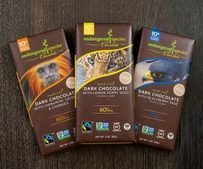 Endangered Species (Linda's favorite) Ethically traded and the best tasting chocolate for your money. Ranging in 35%-80% cacao (image courtesy of godiary.com) 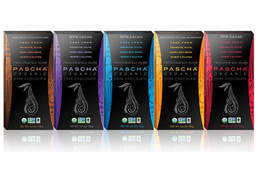 Pascha Organic, non GMO, no soy lecithin, and range from 55%-85% cacao (image courtesy of godiaryfree.com) 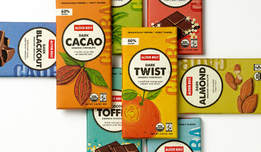 Alter Eco Try the 85% dark blackout for the most health benefits (image courtesy of bcorporation.com) 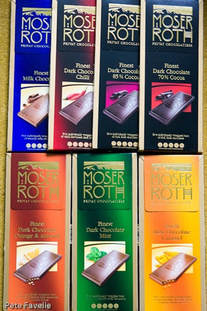 Moser Roth Sold at Aldi and is a German based company with 70%-85% cacao (image courtesy of Pinterest) You don’t have to quit chocolate, you just have to learn the tricks to making it a healthier snack for you and the millions of children creating it for you. Where there is a demand, there will be change, and you are that change-that’s pretty sweet.
1 Comment
There’s a very important reason you need to know the history of sugar. It’s because much of the information you know as true today, are “facts” built over time to create wealth, not health. Anthropologists think sugarcane was first domesticated in New Guinea about 10,000 years ago. But I’m not going to bore you with centuries of history, instead, let’s take a quicker walk down candy lane together and learn the facts that matter the most. The Plant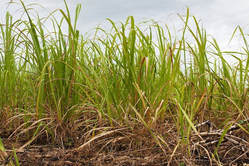 Sugarcane is actually a grass, growing twice the size of the average man, and 6-7 inches in width in it’s stalk. That’s some pretty giant grass, and it grows best in tropical climates and ripens in about 1-2 years. The juice from the stalk is about 17% sugar, but mostly water. Before humans learned to refine sugar, the juice could only be used locally by those who grew it. It wasn’t until about 500 B.C. that north Indian farmers discovered you could extract just the raw sugar by using cycles of heating and cooling. At first molasses was created, then, with more time and precision, dry crystalized sugar was created, and the more they refined the sugar, the more pure and white it became. Before sugar, much of Europe and Asia used honey to sweeten their foods and teas. When the Europeans came to “the new world” and found no honey, they introduced what the Native American’s called “English Man’s Fly”, or, as we know it today, the common honeybee. But soon refined sugar found it’s way to Britain and between the 17th to the 19th century, sugar was what made the world go round. By 1775, British imports of sugar were 5 times that of tobacco, making it the biggest revenue stream and giving birth to “white gold”. But, like most things that are and were mass produced, sugarcane was farmed and harvested by slaves. The Story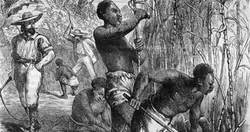 Men, women, and children were sold into slavery and brought to “the new world” to tend to the sugarcane farms where they eventually died. (19th century depiction of sugarcane slavery, courtesy of BBC) Viruses that had been in the “modern” world for decades, hadn’t yet reached the shores of Africa, and when new slaves were brought to “the new world”, many died from outbreaks and viruses. This however, did not stop the slave trade, it only created a larger need in the economy and trafficking of humans. Some voices, like that of Thomas Jefferson delicately fought to end this slavery, by being a proponent of maple syrup instead of cane sugar, by stating, “ The sugar maple yields a sugar equal to the best from the cane, yields it in great quantity, with no other labor than what women and girls can bestow…what a blessing.” But like much of American history, both current and past, greed won the war on sugar slavery, forcing millions of Africans to be enslaved to manage another continent’s sugar addiction. The argument was that maple syrup couldn’t be used in cold drinks and didn’t mix well in coffee. So they chose instead to farm out human beings. Sugar allowed fruits and berries to be preserved, stopping any bacteria growth. It also stopped mold from developing in condensed milk, and helped the leavening of bread, and created the golden brown crust on the white man’s Sunday toast. 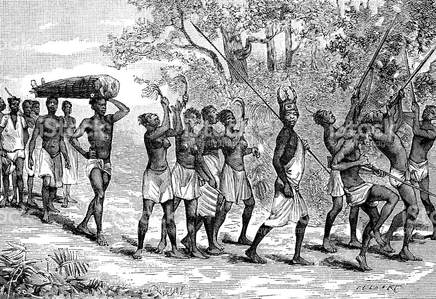 For these luxury needs, millions of Africans lost their lives in the cane fields of a foreign land. “By the 1830s, when the British Emancipationists finally put an end to the slave trade, some 12 1/2 million Africans had been shipped off as slaves to the New World; two thirds of them worked and died growing and refining sugar.” It wasn’t until about 50 years later that sugar consumption started skyrocketing. The New York Times reported that in the 1880s, the federal government took in over a half billion dollars in sugar taxes alone. But don’t hate the government just yet. Flour milling was at it’s apex in the 19th century and manufacturer’s got greedier. They realized they could ground the flour even more purely, add in sugar, and the bread would not only rise faster, but have a sweeter taste. As a result, and a fun fact, American white bread like “Wonder bread” can be up to 10% sugar. And if that doesn’t sound too high to you, consider that’s probably because you’re an American. In Europe, the average sugar content in bread is only about 2%. The Inventions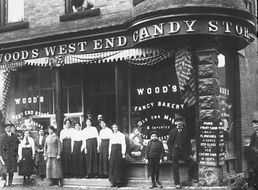 In the mid 1800’s candy lozenges were invented, the Lindt brothers created the first chocolate bar, and by 1892 the first ice cream sundae had been invented. As a matter of fact, most sugar laden products were created after sugar slavery ended and a rise in manufacturing started. Candy, chocolate, soda, ice cream, and more were all created between the mid 1880s and early 1930s. (Image courtesy of Pinterest) “By 1903, the New York Times was estimating yearly candy industry sales at $150 million in the U.S. alone, up from almost nothing a quarter century ago.” And by the 1930s, “U.S. tobacco growers were saucing Burley tobacco with 50 million pounds of sugar a year and using it in over 120 billion cigarettes.” Sugar helped light up not just cigarette sales, but lung cancer as well. Sugar & TobaccoBefore 1900, there had only been 150 cases of lung cancer. Ever. Let’s look at a few sickening facts. 1914: First year that sugar was blended with two types of tobacco. It’s also the first year that lung cancer was officially listed as a cause of death when 400 new cases were discovered. That year. 1930: The number of lung cancer cases grew sevenfold since 1914. 1945: Over 12,000 Americans died of lung cancer. 2005: Over 163,000 Americans died of lung cancer. Numbers don’t lie, but bureaucrats do. Sugar ConsumptionBy the great depression, sugar consumption rose 16lbs higher (per person) than in 1920. Americans were told to save money and just have a Cola for breakfast, and by a 1945 investigation, 11 million servicemen were given 220lbs per capita of sugar yearly. One Navy analysis even showed that candy bars made up 40% of foods that were purchased in their mess, that was over and beyond their rations. Medical professionals believed that sugar would wake you up, give you strength and help you exceed expectations. Coca-Cola even got into it by selling all service members a bottle of Coke for just a nickel a piece. 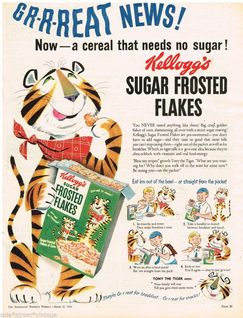 By 1948, concentrated orange juice reached the shelves, and by the 1970s, Americans were drinking over 7 gallons a day of fruit juice a year. (Image courtesy of Pinterest) In the early 1950s, Kellogg’s released Corn Pops, Frosted Flakes and Sugar Smacks to name a few. All of our foods were becoming sugar laden and processed. In 1953, Dominos Sugar even had an ad that read, “3 teaspoons of pure Domino’s Sugar contain fewer calories than one medium apple!” 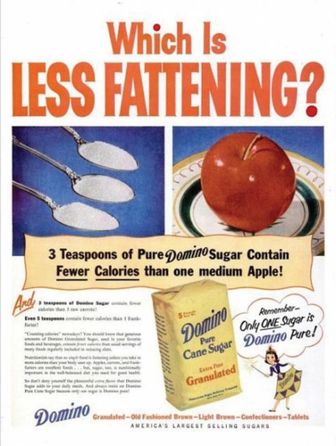 By the 1970’s, more doctors and scientists began speaking up about sugar and it’s affects on the body. The government even created a commission to answer the question on whether or not sugar should be restricted or caused any harm to the body. But, like most American history, greed won the war on truth, again. (Image courtesy of motherjones.com) You see, as sugar consumption soared with the Industrial Revolution, so did the cases of diabetes. The more sugarcoated cereal we ate, the more soda we washed down with our burgers, the rounder our middles became and the sicker our bodies grew. As a matter of fact, since 1690 there has been an 800% increase in diabetes, which is parallel to the rise in sugar consumption. The Illness, The People & The LiesSo do we blame it on ignorance? Did the science just not yet exist for doctors or researchers to know better? Looking back, you’d think that must be the case, certainly, I did. But it couldn’t be further from the truth. Doctors, scholars, and scientists knew, and have known of the affects of sugar for over a hundred years (that’s documented). Haven Emerson and Louise Larimore studied diabetes and sugar back in 1924 and wrote, “ Rises and falls in sugar consumption are followed with fair regularity…by similar rises and falls in the death rates from diabetes.” To prove their point, when sugar consumption decreased, as it did in WWI, there were fewer deaths due to diabetes. But even in the hardest of times, people still wanted their sugar. In 1934, The New York Times even wrote “The Depression proved that people wanted candy, and that as long as they had any money at all, they would buy it.” Even in the late 1800’s, people knew and understood the correspondence between sugar and diabetes, even if they didn’t know why. But with millions upon millions being brought in by the sugar industry, the U.S. government wasn’t too keen on admitting that there might be a health risk. So back to the 1970s and greed… The government created a commission on sugar to resolve the question of if it posed a health concern. Just like today’s politics, however, this commission was picked unfairly, and, as it turns out, only gave research jobs to those who were literally being paid by the sugar industry. In 1978, the sugar industry budgeted $60,000 a year to pay sugar industry insiders like Fred Stare and other nutrition advisory committee members. “And between 1975 and 1988, spent $655,000 on more than a dozen research projects, designed, as the industry documents put it, to ‘maintain research as a main prop of the industries defense’.” Of course any research the “commission” did, had to also be vetted first by “contributing research members” like Coca-Cola and Hershey. Not shockingly, nearly all the data pointed to fat as a cause of diabetes and other health problems, and exonerated sugar. For clarification, the government who was being paid by the sugar industry, created a commission to find if sugar was harmful and hired only sugar industry researchers who then found sugar to not pose a health risk. This is what greed looks like, and the cause of their greed is the deaths of millions of Americans. 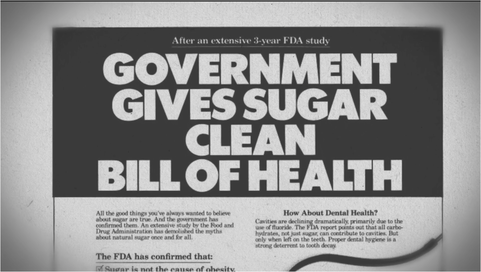 By 1980 the U.S. Department of Agriculture released it’s first “dietary guidelines” which was drafted by Mark Hegsted, an industry insider who had profited from the research grants in the 70’s with Fred Stare and the sugar association. (Image courtesy of SugarTimeline.com) He used the excuse that his findings were largely dependent on another researcher, Ed Bierman; and wouldn’t you know that Ed said he got his information from Mark? The dietary guidelines stated, “Contrary to widespread opinion, too much sugar does not seem to cause diabetes.” In 1986, the FDA reviewed again whether sugar was regarded as safe, and after looking at the same faulty evidence they paid the sugar association (remember that commission?) to do, they came to to the determination that “no conclusive evidence demonstrates a hazard to the general public when sugars are consumed at the levels they are now.” “The FDA assessment then became the official government position on sugar, it’s logic and conclusions echoed in a series of official reports on diet and health that came after- particularly the 1988 surgeon generals report on nutrition and health and the 1989 NL’ Academy of Sciences report on diet and health, which are the two seminal documents on the subject in the last half century, and even reviews by the Institute of medicine as late as 2005.” They instead blamed fat for the top 5 common causes of death, and left their findings on sugar as “inconclusive”, even as late as 2016. The American Heart Association even recommended eating sugar candies instead of a fattening snack in the mid 90s and by then, diabetes was still looked as a reaction to obesity, not sugar. Recent History
ConclusionSugar is sweet, but it’s history isn’t. Millions of Africans dying so a white man can have better tasting coffee isn’t sweet. It’s been known that diabetes is caused by sugar, or at the very least, is related to it for over 100 years, and is ignored for financial gain by our politicians and those meant to work for us…that’s not so sweet. What IS sweet, is knowledge, because knowledge is power, and with that knowledge you can build health AND wealth.  Much of my research and all quotes (unless otherwise stated) are from the "The Case Against Sugar", which I highly recommend you read for yourself. |
Categories
All
Archives
January 2019
|

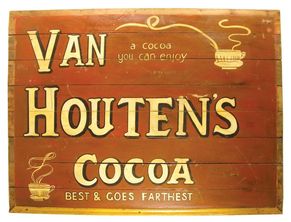
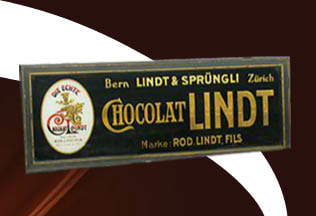
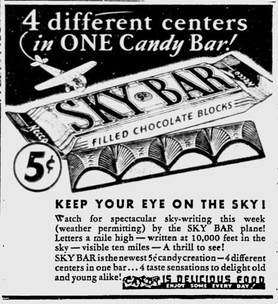
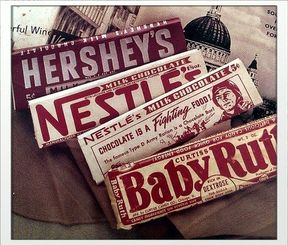
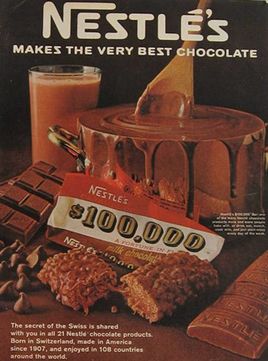
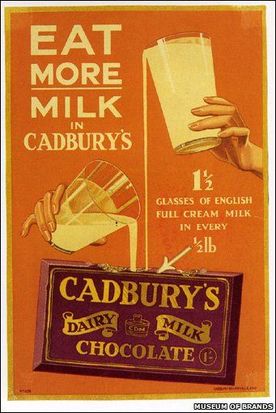
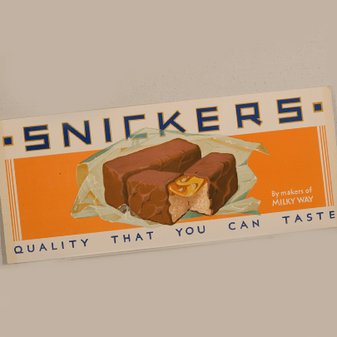
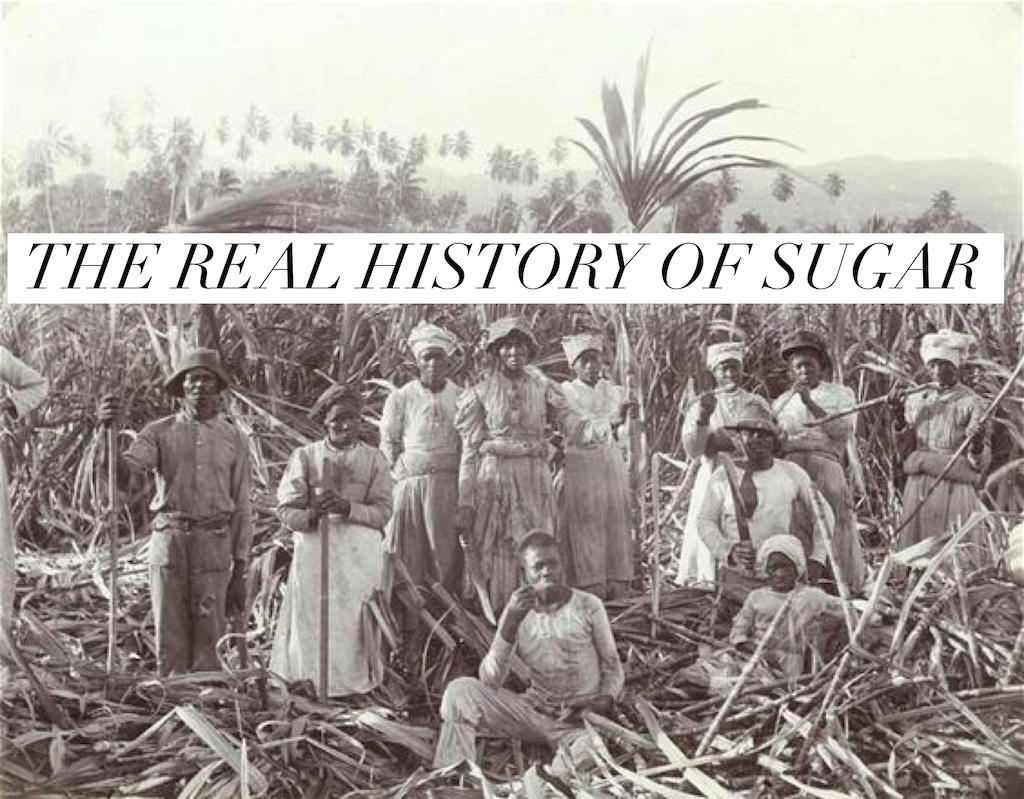
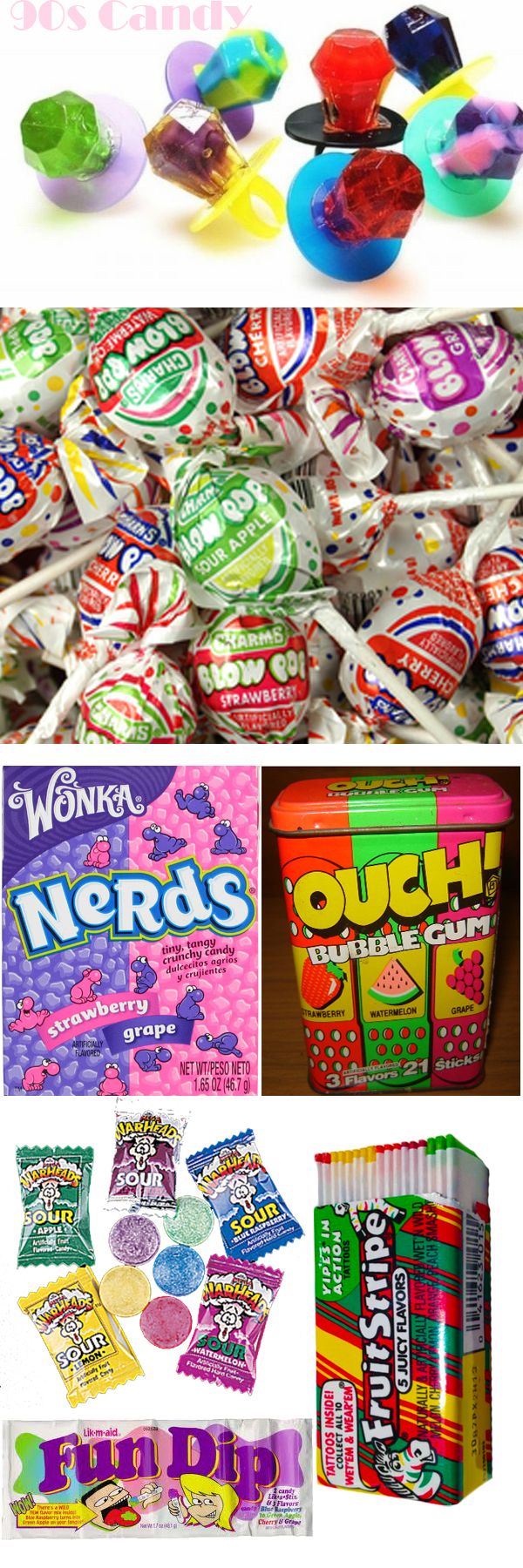
 RSS Feed
RSS Feed
